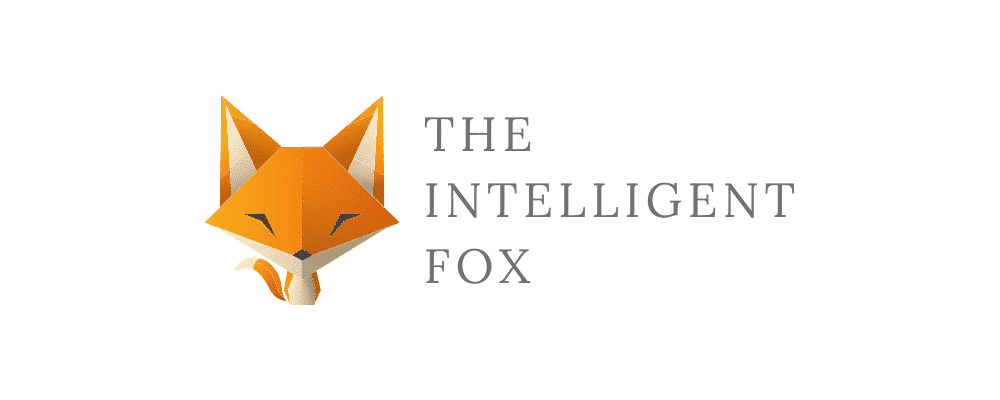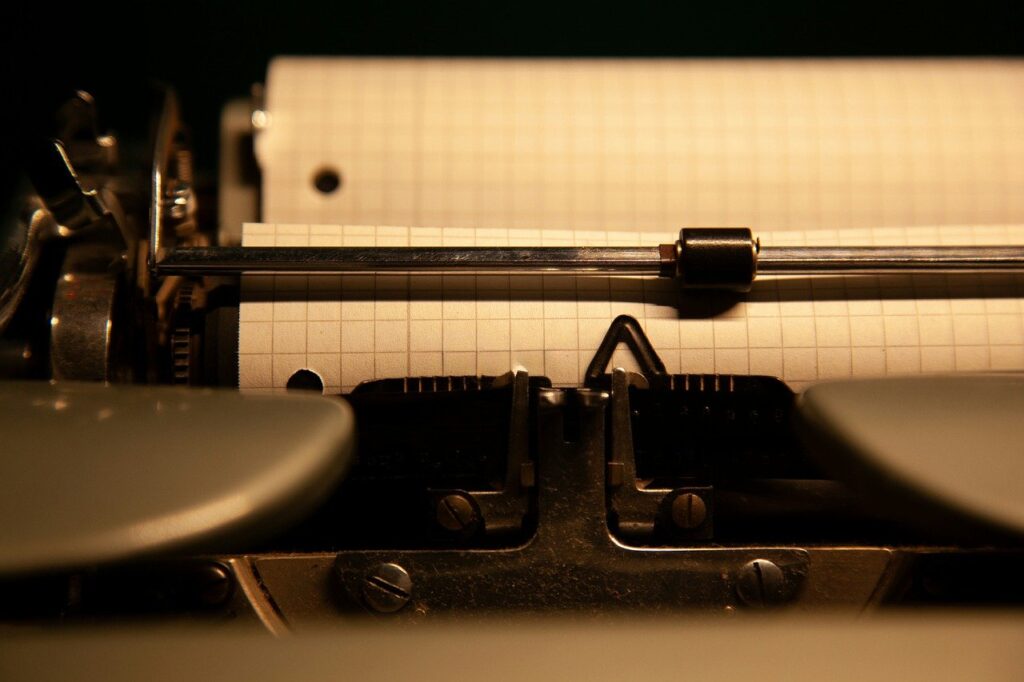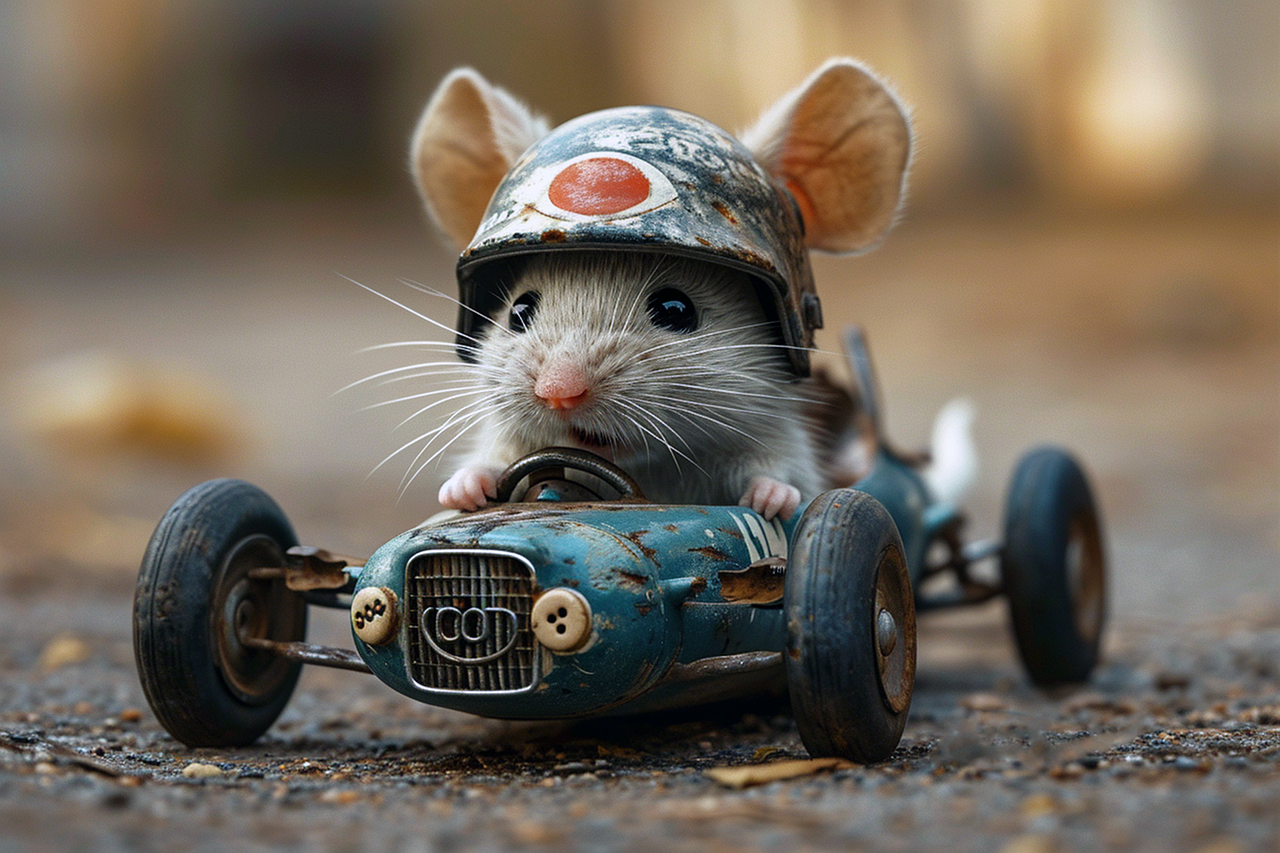
In the ever-evolving landscape of artificial intelligence (AI), one technology that has captured the imagination of artists, designers, and tech enthusiasts alike is AI image generation.
This cutting-edge field allows users to create stunning, unique images simply by providing textual descriptions or input data also known as prompts. With its growing popularity and potential to revolutionize industries, AI image generation has become a fascinating frontier in the realm of AI.
AI image generation, also known as text-to-image generation or AI-generated art, is a process where advanced machine learning models like Generative Adversarial Networks (GANs) and diffusion models are trained on vast datasets of images and their associated descriptions.
These models learn to understand the complex relationships between text and visual representations, enabling them to synthesize new images from scratch based on user-provided prompts or inputs.
The increasing popularity of AI image generation can be attributed to its remarkable ability to bring imaginative concepts to life, streamline creative workflows, and unlock new avenues for artistic expression.
From conceptual design and product visualization to digital art and storytelling, the applications of this technology are vast and ever-expanding.
Moreover, as AI models become more sophisticated and accessible, AI image generation is poised to disrupt various industries, empowering creators, businesses, and researchers with unprecedented visual creativity and productivity.
How Does AI Image Generation Work?
At the core of AI image generation lies advanced machine learning models that have been meticulously trained on massive datasets of images and their corresponding descriptions. Two prominent approaches that have gained widespread recognition are Generative Adversarial Networks (GANs) and diffusion models.
Generative Adversarial Networks (GANs)
Generative Adversarial Networks (GANS) is a type of neural network architecture comprising two competing models:
- A generator
- A discriminator
The generator aims to create realistic synthetic images, while the discriminator attempts to distinguish between the generated and real images from the training dataset. The generator continuously improves its ability to produce compelling and realistic images.
Diffusion Models
Diffusion Models work by gradually adding noise to an image and then learning to reverse the process, effectively “denoising” the image until it represents the user’s input text prompt. These models have gained popularity for their ability to generate high-quality images with remarkable detail and consistency.
The training process for these AI image generation models requires huge amounts of computer power and access to enormous datasets containing millions of images and their corresponding descriptions. These datasets are carefully curated and preprocessed to ensure high-quality training data, enabling the models to learn the intricate patterns and relationships between text and visual representations.
Several AI image generation models have gained widespread recognition and adoption, such as DALL-E from OpenAI, Stable Diffusion from Stability AI, and Midjourney from Midjourney AI. These models have demonstrated impressive capabilities in translating textual descriptions into captivating and imaginative images, pushing the boundaries of what was once thought impossible.
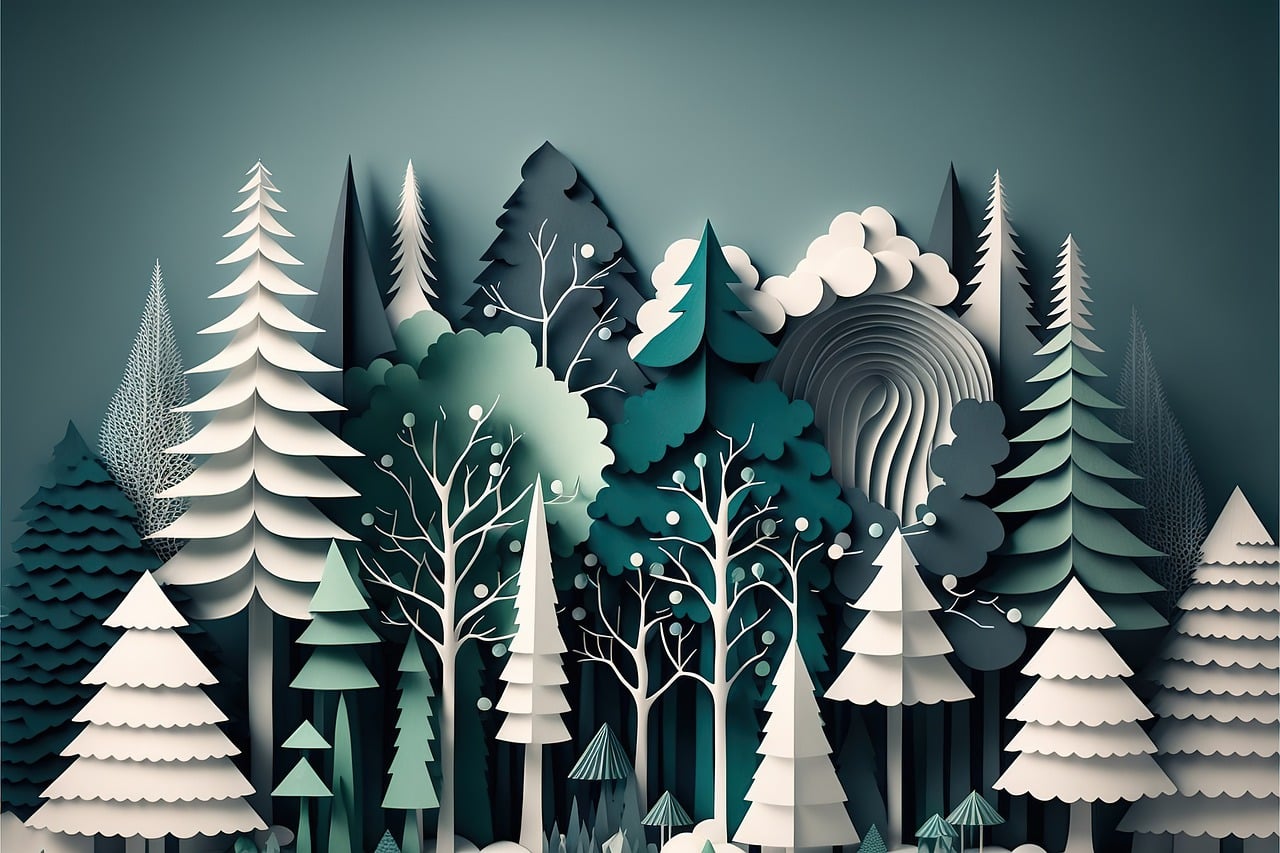
Applications of AI Image Generation
AI image generation technology has opened up a world of exciting possibilities across various fields. This innovative technology allows users to create stunning visuals by providing text descriptions, revolutionizing how we approach visual content creation. Let’s explore some of the major applications of AI image generation.
Artistic and Creative Applications
AI image generation has become a powerful tool for artists, designers, and creative professionals. One of its key applications is within concept art, where it can generate imaginative and visually striking ideas for movies, video games, and animation projects. Additionally, digital artists can leverage AI models to create unique and captivating artworks, illustrations, and designs, pushing the boundaries of their creativity.
Commercial Applications
AI image generation has numerous applications, particularly in product visualization, advertising, and marketing. Businesses can use this technology to generate realistic and visually appealing images of their products, enabling customers to understand what they’re purchasing. Furthermore, marketing teams can create eye-catching visuals, social media posts, and advertising materials, enhancing their brand’s visual identity.
Educational and Research Applications
AI image generation has made significant strides in education and research. Educators can use this technology to generate visual aids and educational resources, making complex concepts more accessible and engaging for students. Researchers, on the other hand, can leverage AI models to explore new frontiers in computer vision and machine learning and develop tools for scientific visualization and data analysis.
Potential Future Applications and Emerging Use Cases
As AI image generation technology evolves, we expect to see even more innovative use cases emerge. One potential application is the generation of personalized avatars and virtual assistants, enhancing user experiences in various digital platforms. Additionally, this technology could play a crucial role in creating realistic virtual environments and landscapes for gaming, virtual reality, and augmented reality applications.
Medical Applications
In the medical field, AI image generation could assist in medical imaging and disease diagnosis, potentially leading to more accurate and efficient diagnoses. Moreover, this technology could enhance accessibility for visually impaired individuals by generating descriptive images based on textual input, enabling them to understand and engage with visual content.
As you can see, the applications of AI image generation are vast and constantly expanding, with the potential to revolutionize how we create, communicate, and experience visual content across various industries and sectors.
Advantages and Limitations of AI Image Generation
AI image generation technology has brought about significant advantages, but it’s important to understand its limitations and potential concerns. Here’s a closer look at both sides:
- Advantages Speed: One of the biggest advantages of AI image generation is its incredible speed. With one text prompt, these models can generate high-quality images in seconds, dramatically accelerating creative workflows.
- Creativity: AI models can create entirely new and imaginative visuals that push the boundaries of human creativity, allowing artists and designers to explore concepts they may never have considered before.
- Cost-effectiveness: Traditional image creation methods, such as hiring artists or using stock imagery, can be expensive. AI image generation offers a cost-effective alternative, making visual content creation more accessible to businesses and individuals with limited budgets.
- Limitations Potential Biases: Like many AI systems, image generation models can inherit biases present in the training data. This could lead to the perpetuation of harmful stereotypes or the exclusion of certain groups.
- Copyright Concerns: There are ongoing debates around the copyright implications of AI-generated images, especially when derived from existing copyrighted works.
- Ethical Implications: As AI image generation becomes more advanced, there are concerns about its potential misuse, such as creating deepfakes or spreading misinformation through manipulated visuals.
Common Misconceptions and Concerns
Some people have concerns that AI image generation will replace human artists and designers. However, experts suggest that this technology is more likely to be used as a tool to enhance and augment human creativity, rather than replace it entirely.
Additionally, there is a misconception that AI-generated images are always original creations. In reality, these models are trained on existing datasets, and the resulting images may incorporate elements from the training data.
It’s important to approach AI image generation with a responsible and ethical mindset, addressing potential biases and ensuring proper attribution and respect for intellectual property rights.
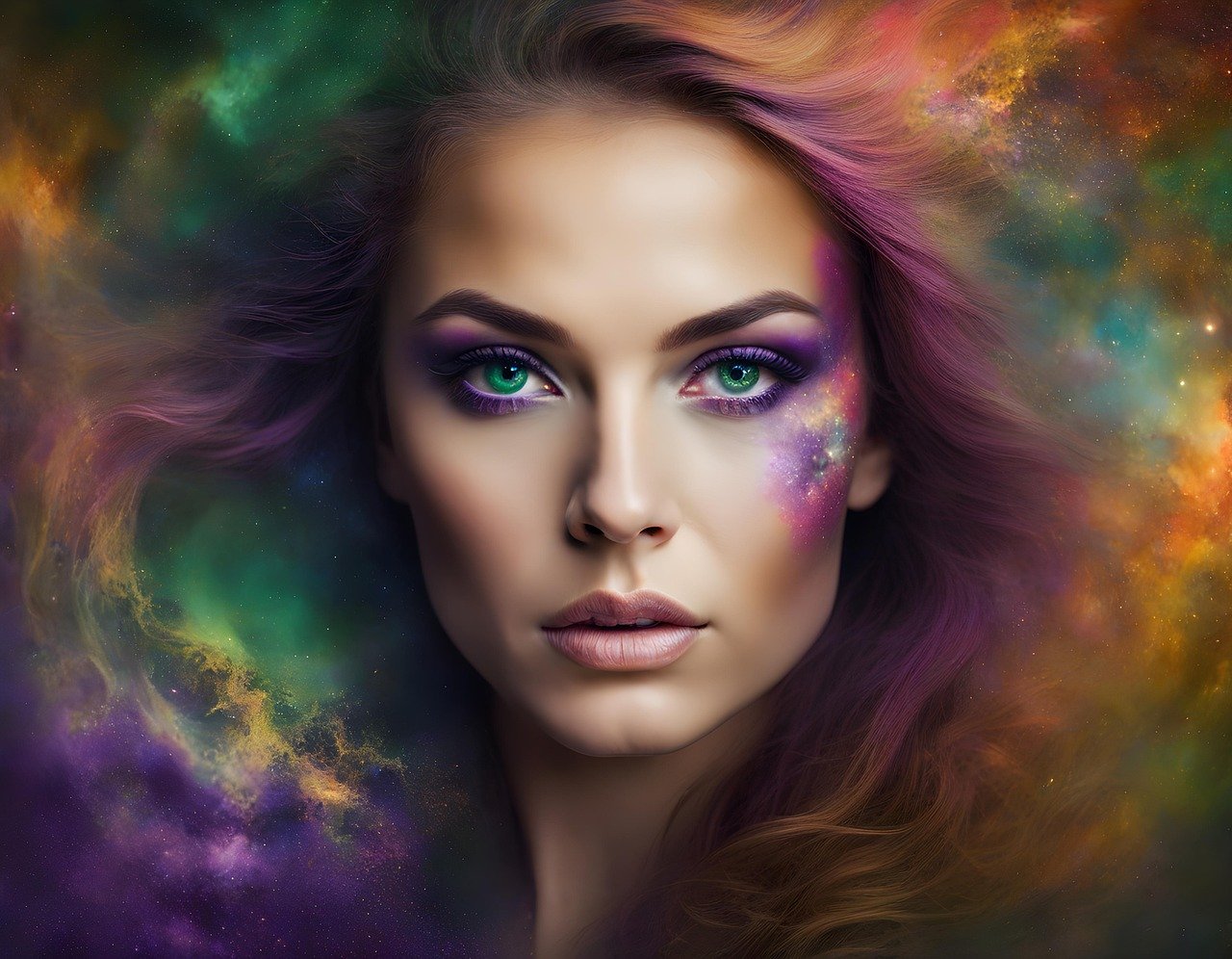
Getting Started with AI Image Generation: Unleash Your Inner Creative
Have you ever wished you could describe a scene and instantly see it come to life as an image? Well, with AI image generation, that’s becoming a reality! This exciting technology allows you to create unique visuals based on simple text descriptions.
Ready to jump in and explore? This guide will equip you with the knowledge to get started with AI image generation.
Where to Begin: Popular AI Image Generation Tools
There are several user-friendly AI image generation tools available, both free and paid. Here are a few popular options to explore:
- Deep Dream: Developed by Google, Deep Dream uses neural networks to transform ordinary images into surreal, psychedelic artworks. It’s a great starting point for beginners.
- Runway ML: Runway ML offers an intuitive interface for artists and designers to experiment with AI models. You can create anything from abstract patterns to photorealistic scenes.
- DALL-E: Created by OpenAI, DALL-E generates unique images from textual prompts. Describe an idea, and DALL-E will create an original visual representation.
- Leonardo: Leonardo is a versatile tool that combines AI with artistic creativity. It allows you to create digital art, illustrations, and animations using AI-powered brushes and effects.
- Midjourney: Midjourney specializes in creating stunning visual content for advertising and marketing. Their AI-driven solutions can generate eye-catching graphics, product mockups, and more.
Crafting the Perfect Prompt: The Art of Prompt Engineering
Prompt engineering is like writing a detailed recipe for the AI to follow. Just like specific ingredients create a certain dish, the words you use in your prompt guide the AI toward the image you have in mind.
By using clear descriptions, vivid language, and references to artistic styles, you can become a prompt engineering pro and get the AI to generate stunning and creative visuals that match your vision.
Here are some tips to become a prompt engineering pro:
- Be clear and concise: Describe your desired image in detail, including objects, characters, setting, and style.
- Use vivid language: Paint a picture with your words! Descriptive adjectives and details help guide the AI towards your vision.
- Reference styles and artists: If you have a specific artistic style in mind, mention it in your prompt (e.g., “painting by Van Gogh”).
- Experiment and refine: Don’t be afraid to play with different wording and details to see how the generated image changes.
Learning Resources to Fuel Your Creativity
The world of AI image generation is constantly evolving. Here are some resources to help you stay updated and expand your creative toolkit:
- The AI Image Generation Subreddit: Connect with a community of enthusiasts, share your creations, and learn from others’ prompts and techniques (search for “r/generativeart” on Reddit).
- AI Image Generation Tutorials: Many online platforms offer tutorials on using popular AI image generation tools.
Conclusion
AI image generation is a groundbreaking technology that opens many creative possibilities. From artistic applications to commercial use cases, this innovative approach allows users to generate stunning visuals simply by providing text descriptions. While advantages like speed and cost-effectiveness are compelling, it’s crucial to address potential limitations and ethical concerns.
For those eager to explore this exciting field, now is the time to experiment with AI image-generation tools and resources. By continuously learning and adapting as the technology evolves, we can unlock new frontiers of visual expression while ensuring its ethical and beneficial use.
